Two students perform experiments on series and parallel combinations of two given resistors R1andR2 and plot the following V -1 graphs [Fig. 5.24.]. Which of the graphs is/are correctly labeled in terms of the words 'series' and 'parallel'? Justify your answer.
![Two students perform experiments on series and parallel combinations of two given resistors R1 and R2 and plot the following V -1 graphs [Fig. 5.24.]. Which of the graphs is/are correctly labeled in terms of the words 'series' and 'parallel'? Justify your answer.](https://d10lpgp6xz60nq.cloudfront.net/physics_images/BMS_V03_C05_S01_024_Q01.png)
We know that the resistance (Rs) in series combination
of two resistor is more than the resistance (Rp) in parallel
combination of the same two resistor. As I = V/R, for a given
potential (V),I<IP. In both the graphs, for a given potential
difference (V) across each combination, Is<Ip. Hence, both the
graphs are properly labeled.
Topper's Solved these Questions
- ELECTRIC CURRENT AND CIRCUITBOOK - CENGAGE PHYSICS ENGLISHCHAPTER - ELECTRIC CURRENT AND CIRCUITEXERCISE - Solved Examples
12 Videos
- ELECTRIC CURRENT AND CIRCUITBOOK - CENGAGE PHYSICS ENGLISHCHAPTER - ELECTRIC CURRENT AND CIRCUITEXERCISE - Exercise 5.1
28 Videos
- ELECTRIC CURRENT & CIRCUITSBOOK - CENGAGE PHYSICS ENGLISHCHAPTER - ELECTRIC CURRENT & CIRCUITSEXERCISE - Kirchhoff s law and simple circuits
15 Videos
- ELECTRIC FLUX AND GAUSS LAWBOOK - CENGAGE PHYSICS ENGLISHCHAPTER - ELECTRIC FLUX AND GAUSS LAWEXERCISE - MCQ s
38 Videos
Similar Questions
The V - I graphs for two resistors and their series combination are shown in Fig 5.23. Which one of these graphs represents the series combination of the two resistors? Given reason for your answer.
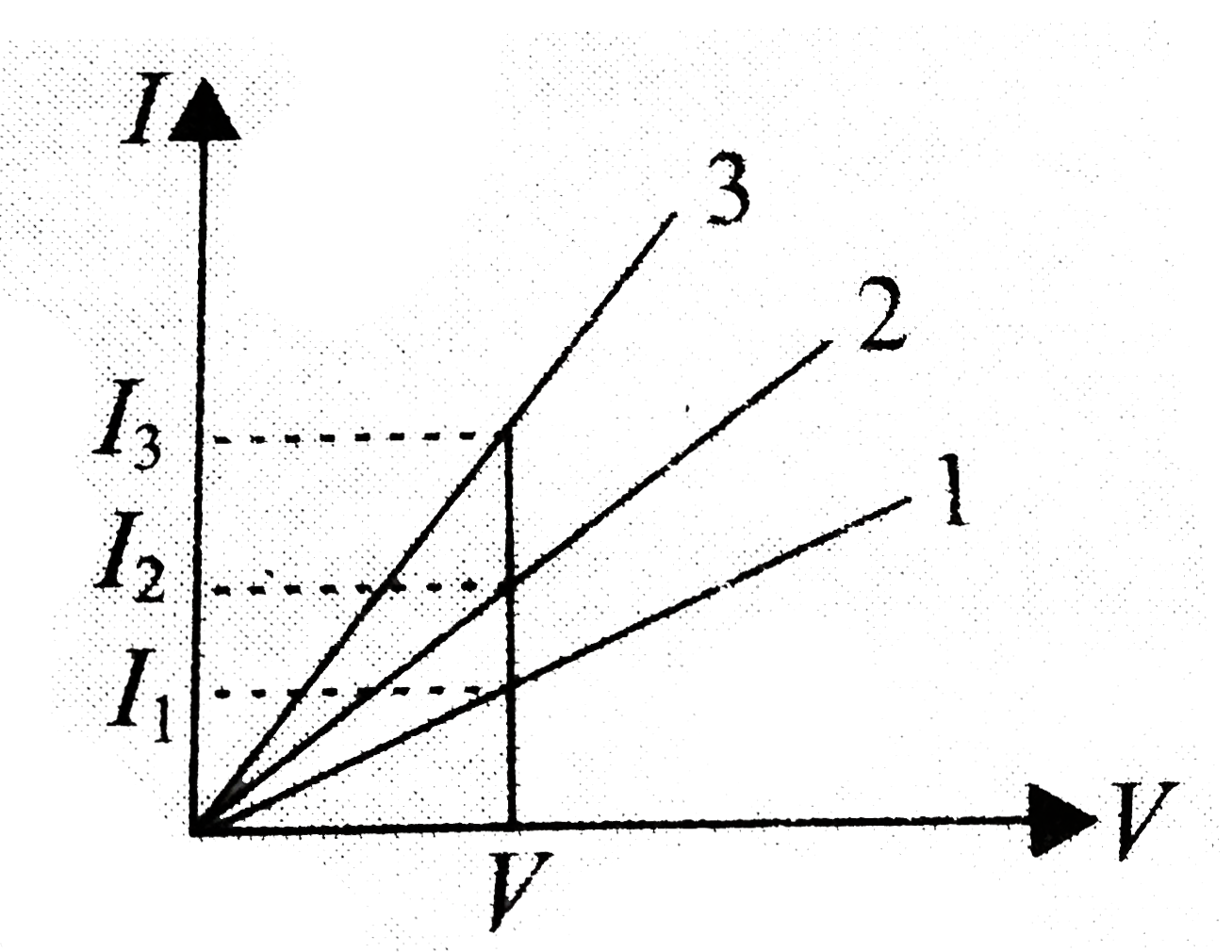
View SolutionThe V−I graphs of parallel and series combinations of two metallic resistors are shown in (Fig. 3.53). Which graph represents the parallel combinations ?
 .
.
View SolutionThe V-I graph for a series combination and for a parallel combination of two resistor is shown in the figure below. Which of the two A or B, represents the parallel combination? Give a reason for your answer.
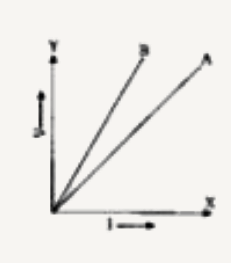
View SolutionThe V-I graph for a series combination and for a parallel combination of two resistor is shown in the figure below. Which of the two A or B, represents the parallel combination? Give a reason for your answer.

View SolutionFigure shows charge (q) versus voltage (V) graph for series and parallel combination of two given capacitors.The capacitances are :
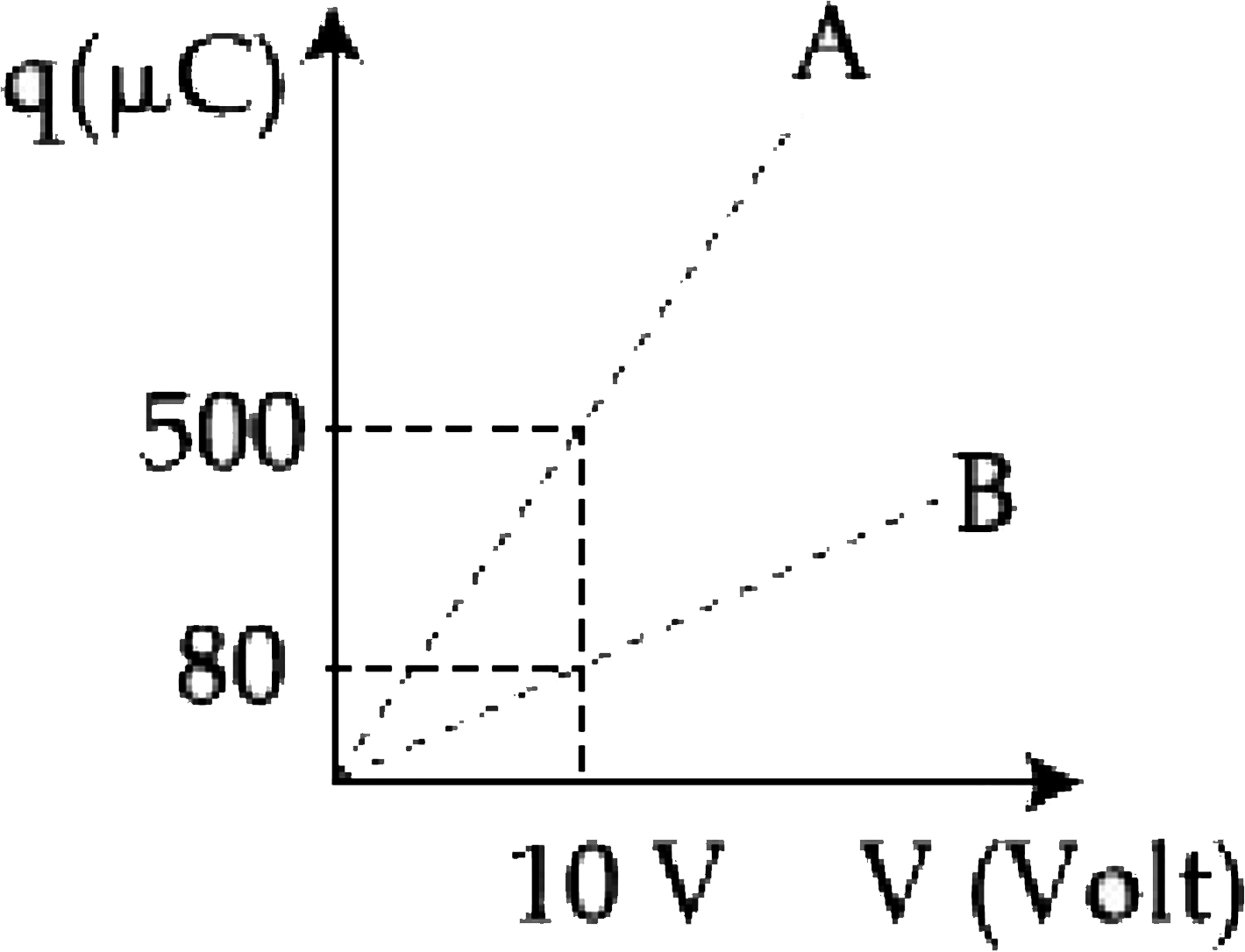
View SolutionWhen two resistors are in parallel combination then determine i1 and i2 if the combination carries a current I ?
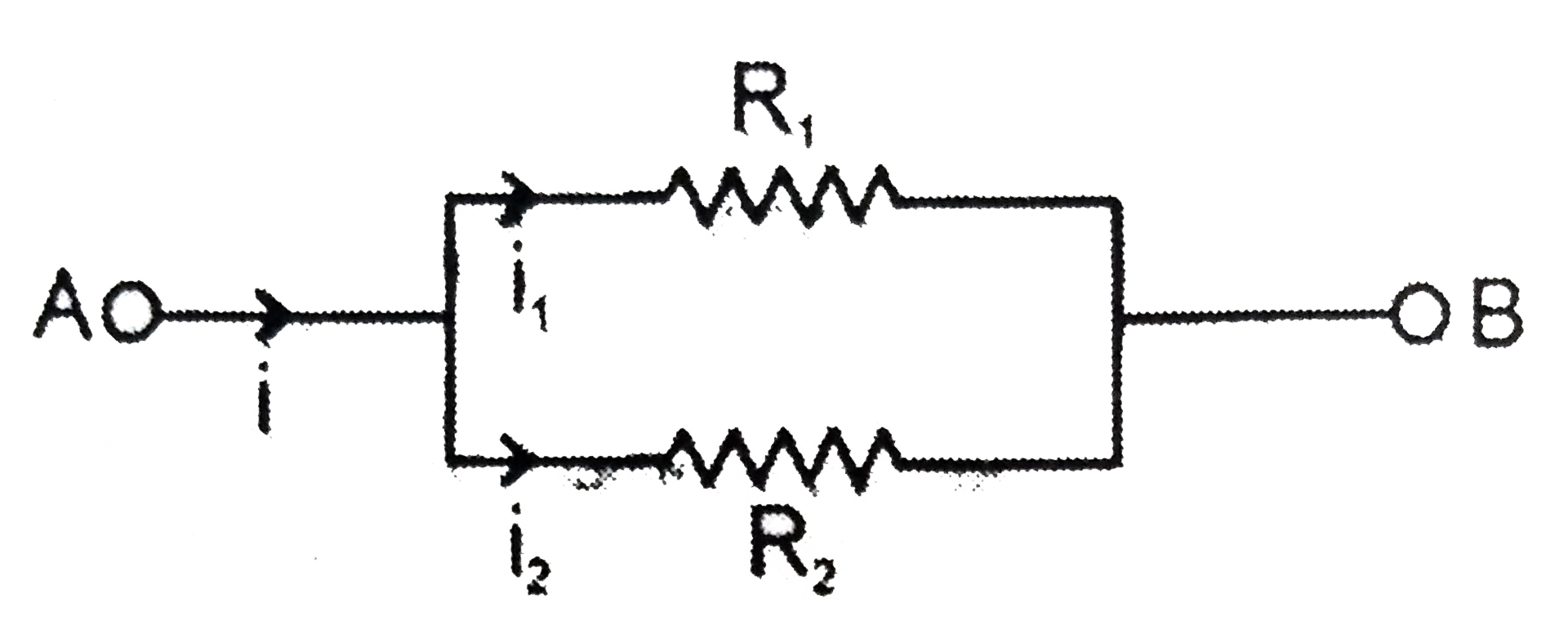
View SolutionThe V-I graph for a series combination and for a parallel combination of two resistors is 1 shown in Fig. Which of the V two, A or B, represents the parallel combination ? Give a reason for your answer.

View SolutionA student carries out an experiment and plots the V−I graphs of three samples of nichrome wire with resistances R1,R2andR3 respectively, (Fig. 3.41). Which of the following is true ?
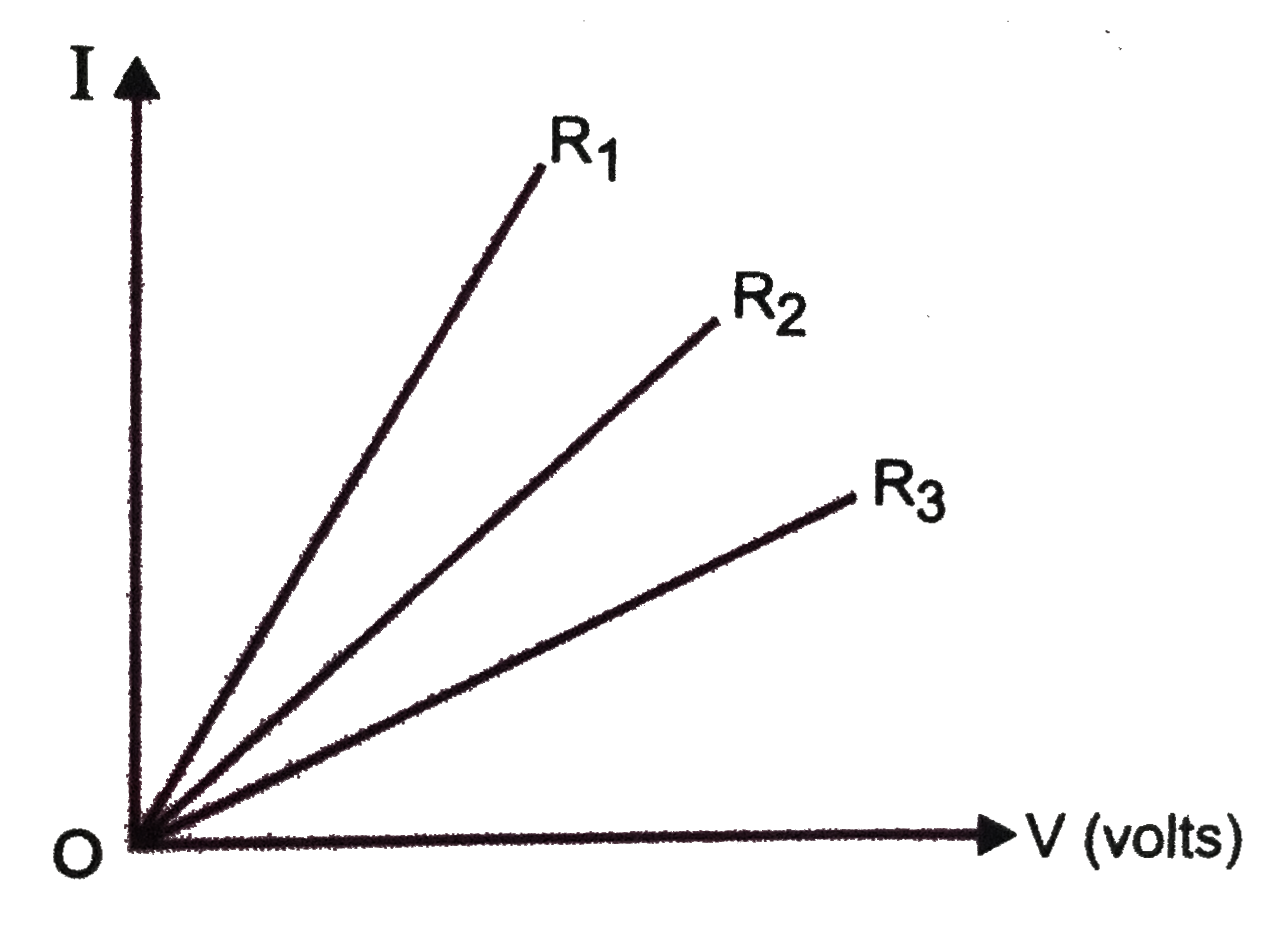
View SolutionCurrent-voltage characteristics of two elements A and B are as shown in Figs. (a) and (b)
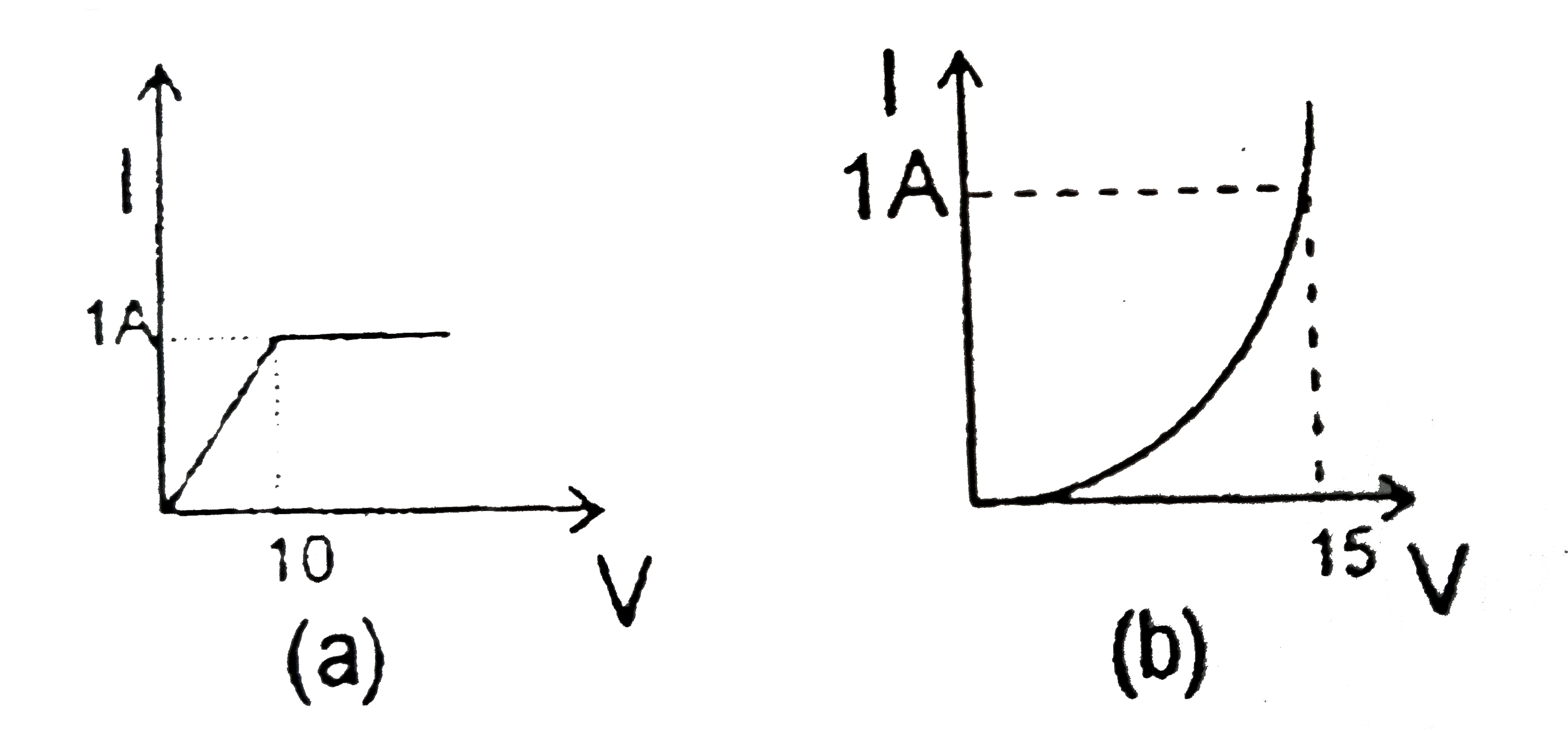
Which of the following graphs represents current voltage characteristics for their series combinations ?
View SolutionCurrent-voltage characteristics of two elements A and B are as shown below in Figs. (a) and (b).
(a)
Which of the following graphs represents current voltage characteristics for their series combinations ?
View Solution
